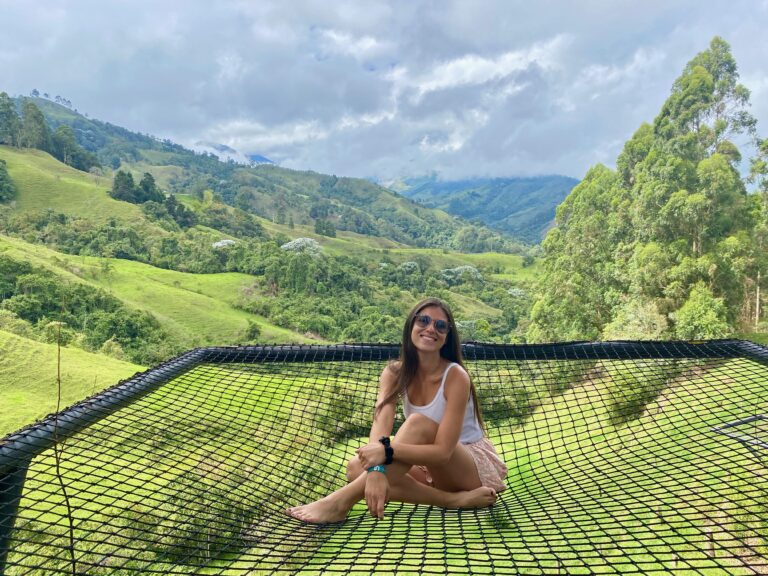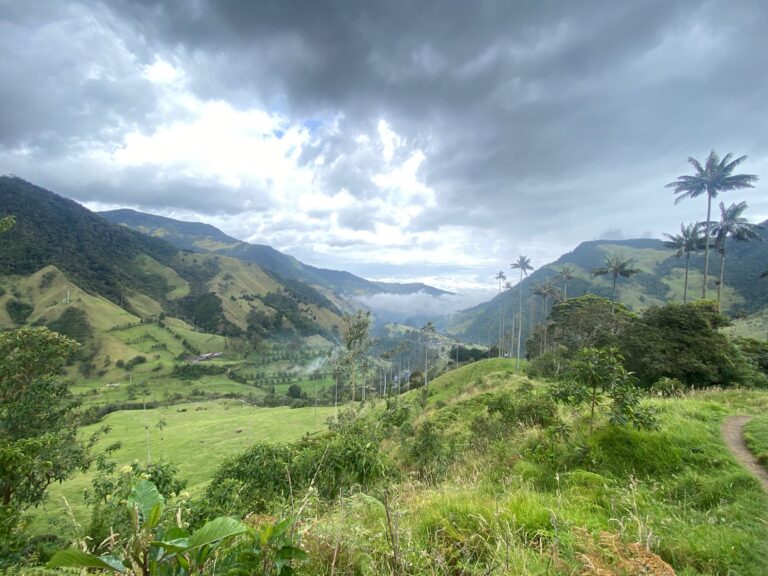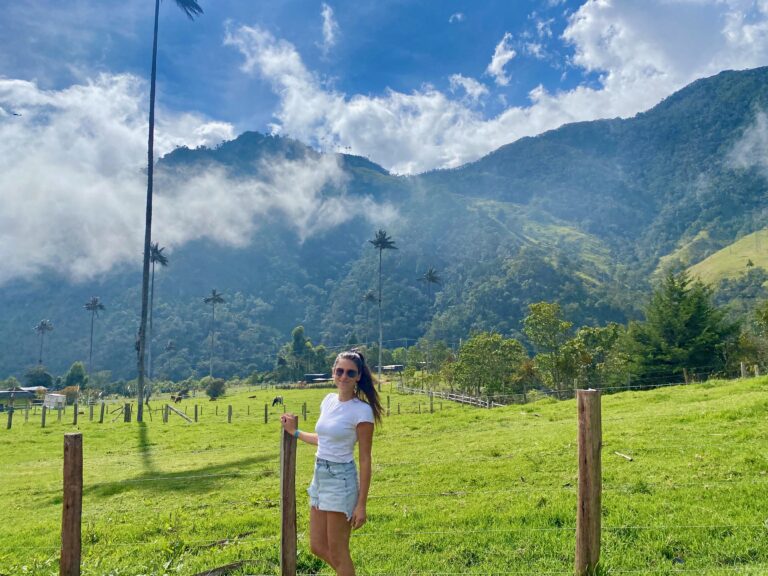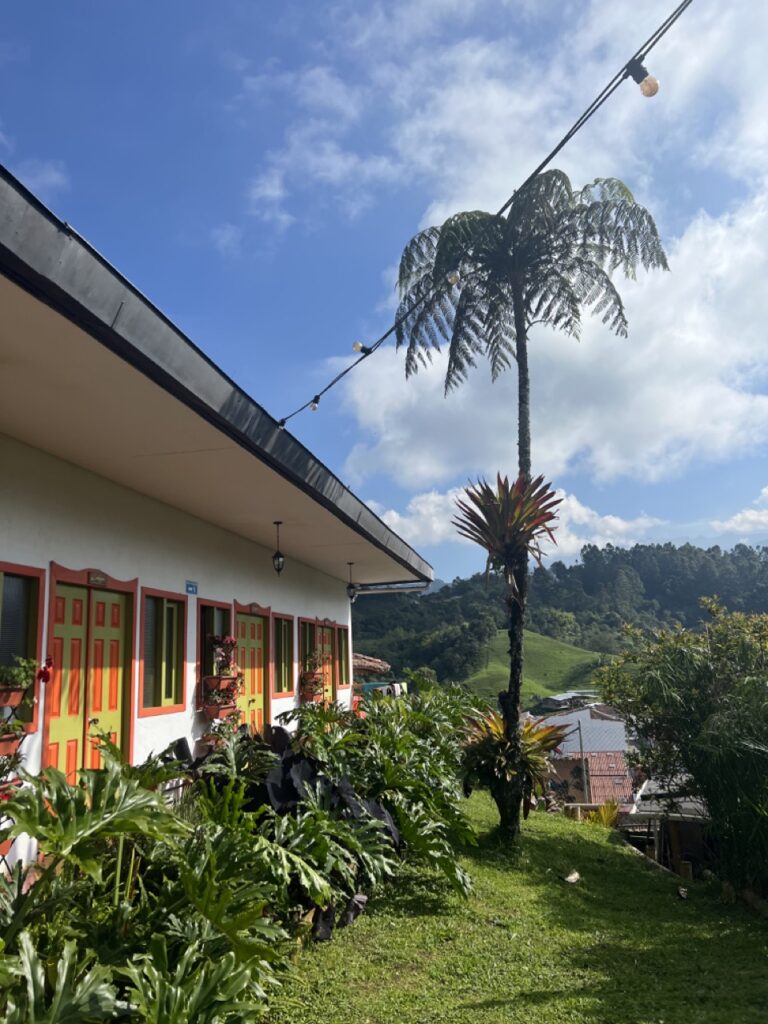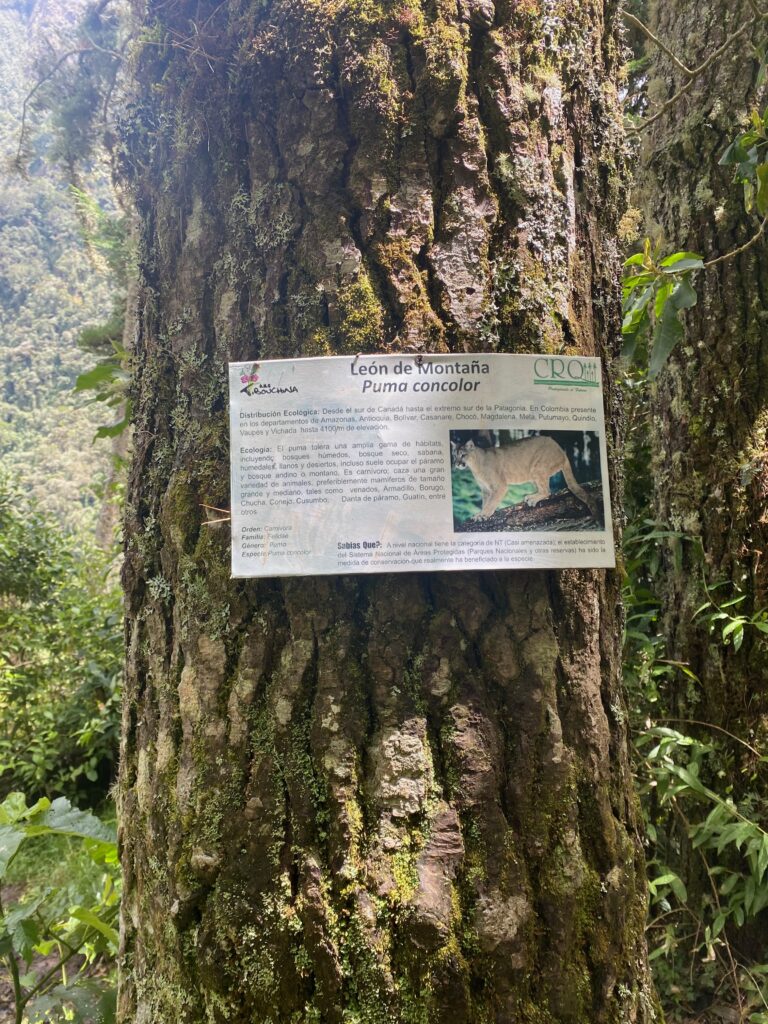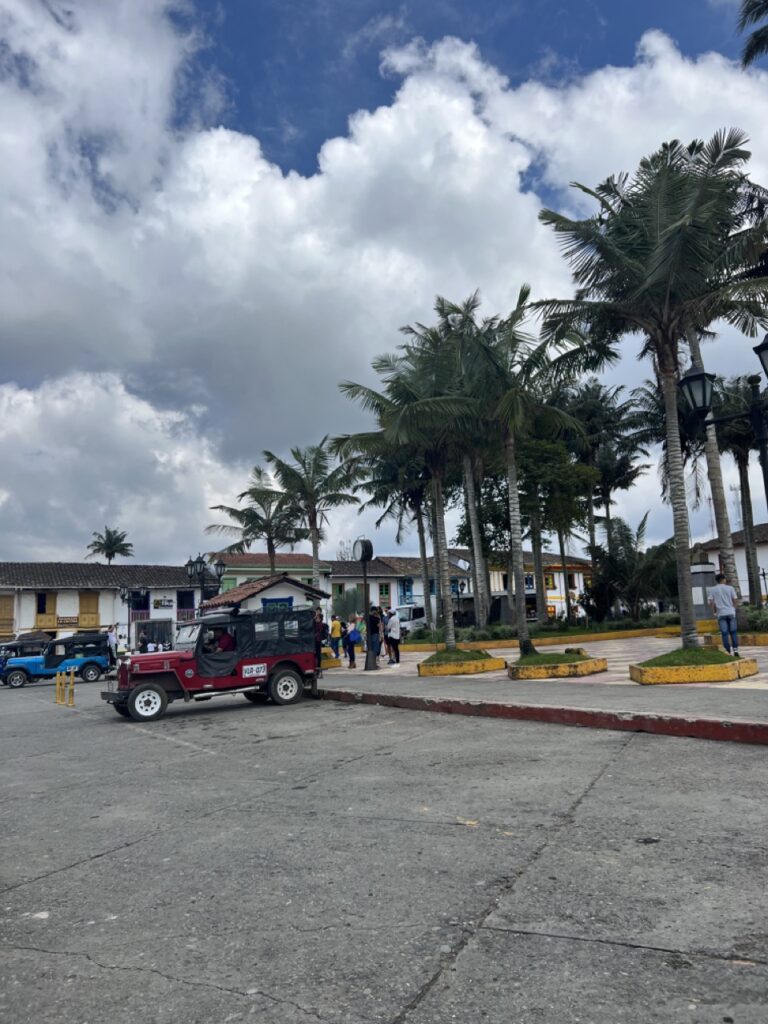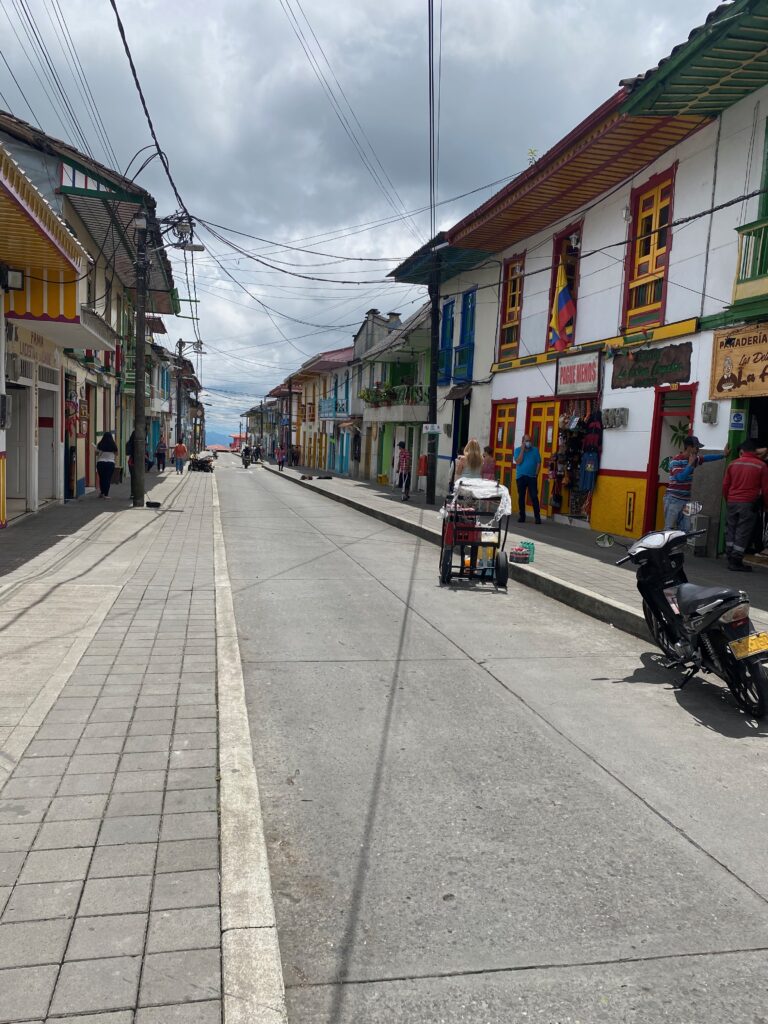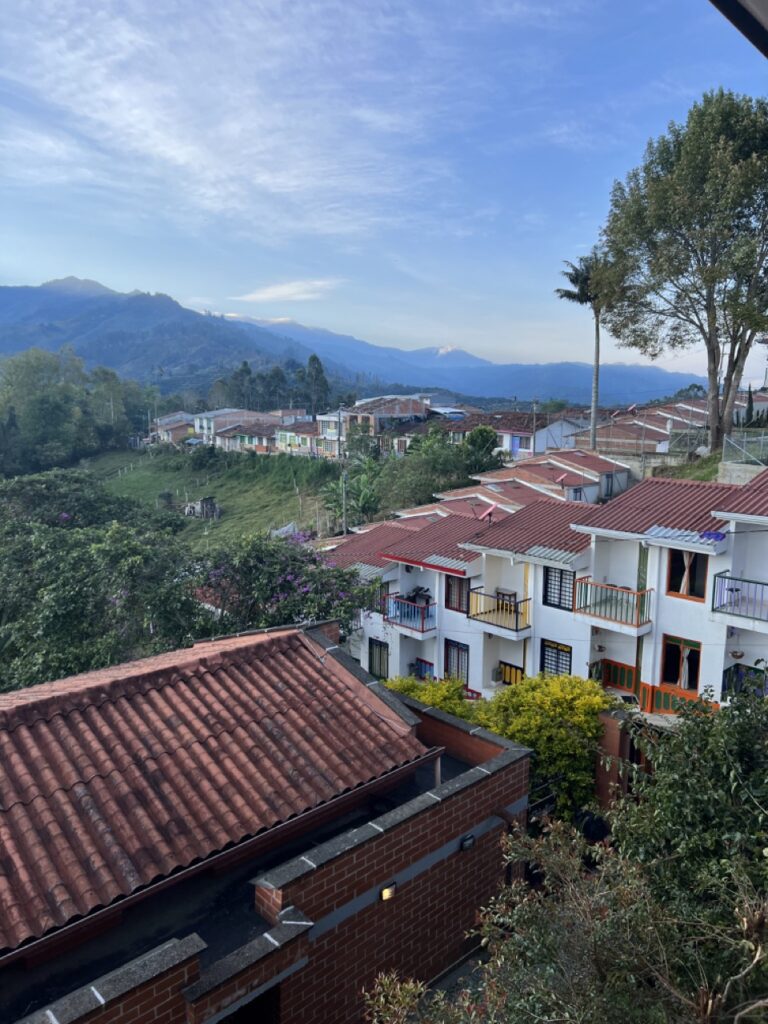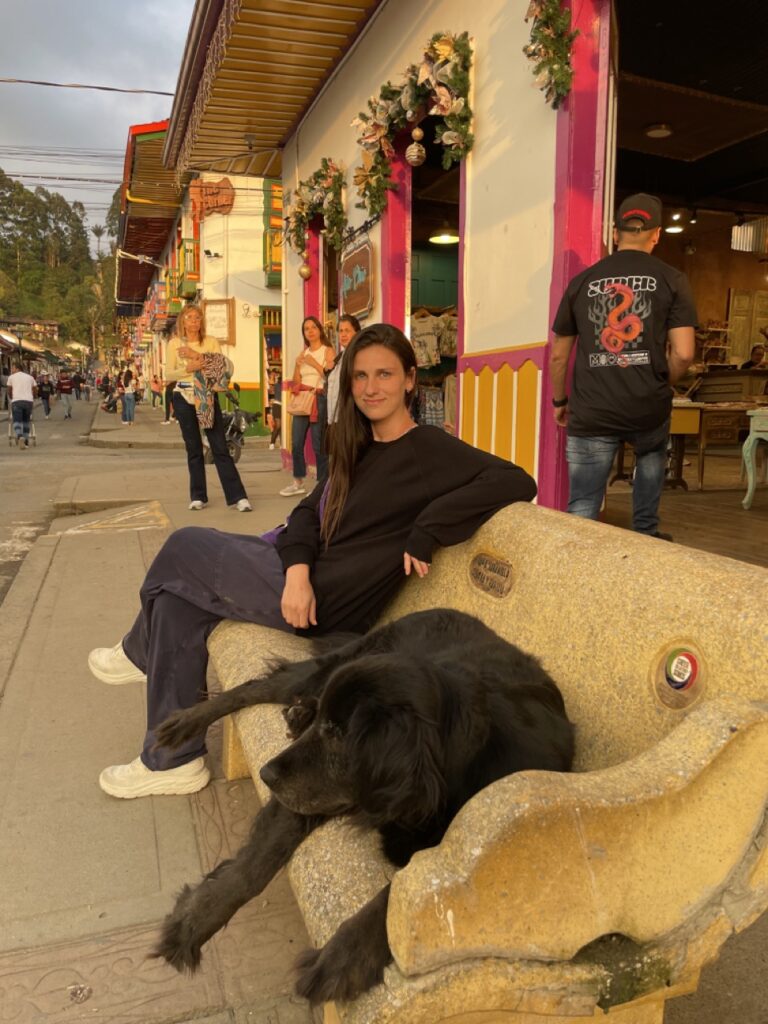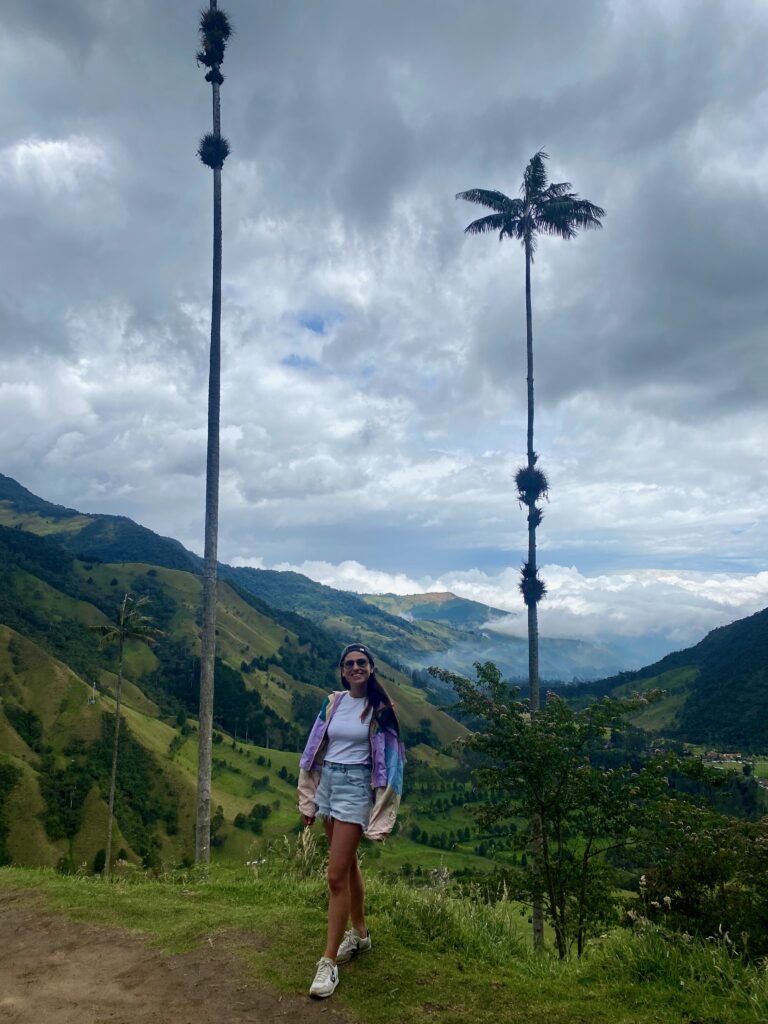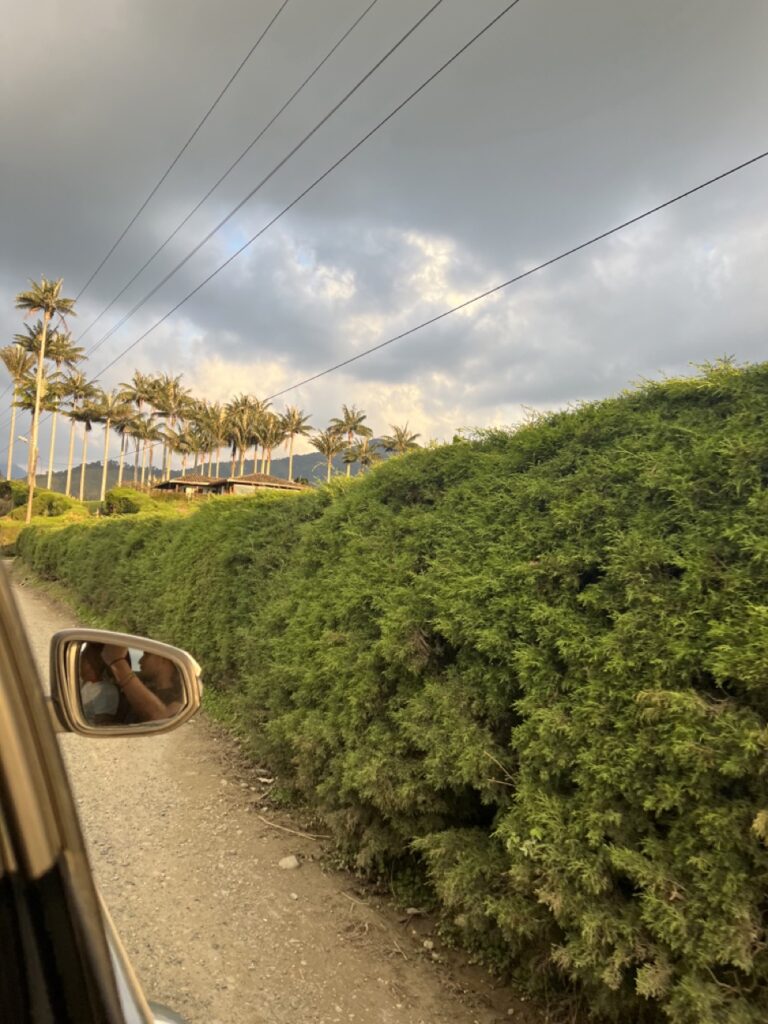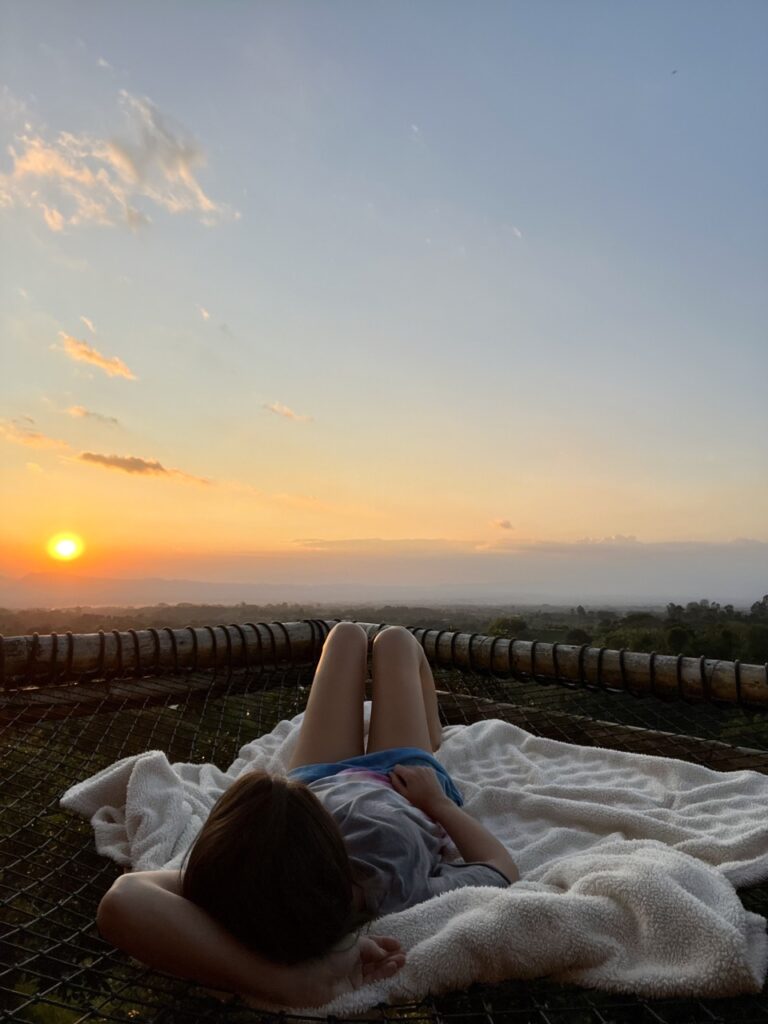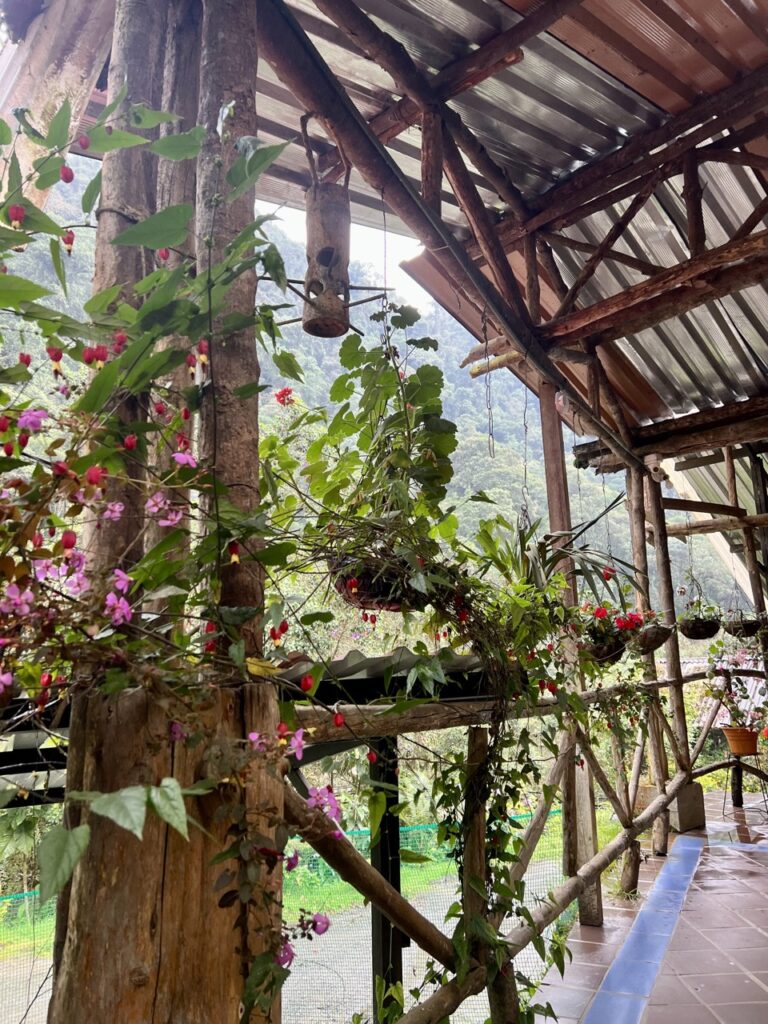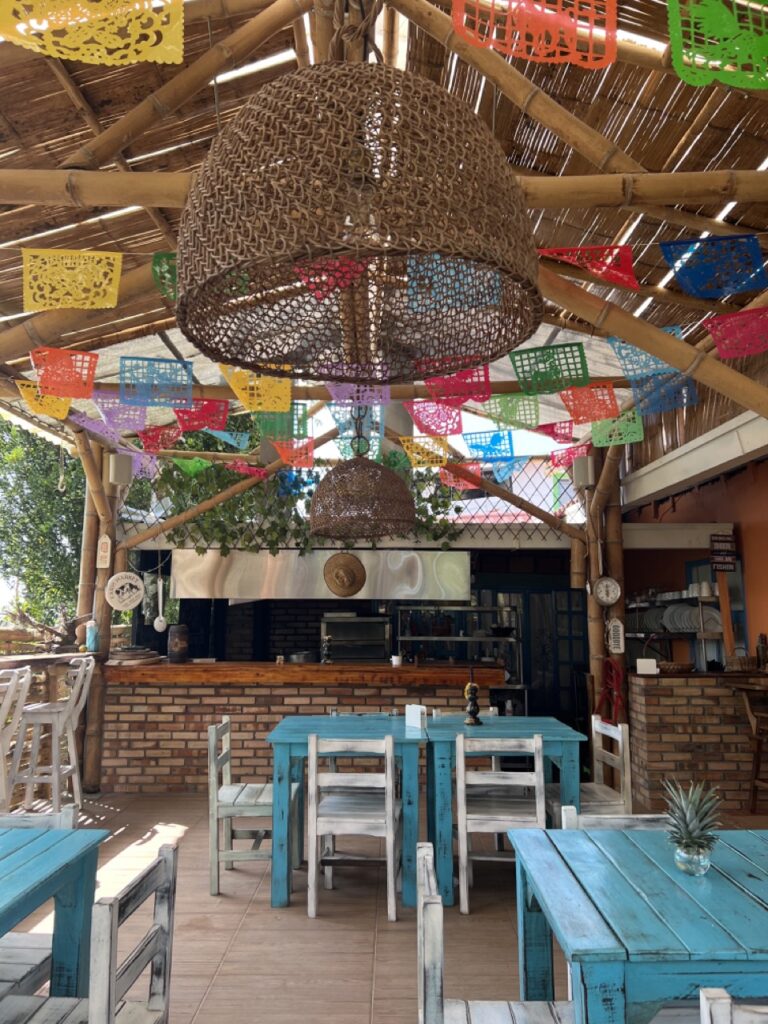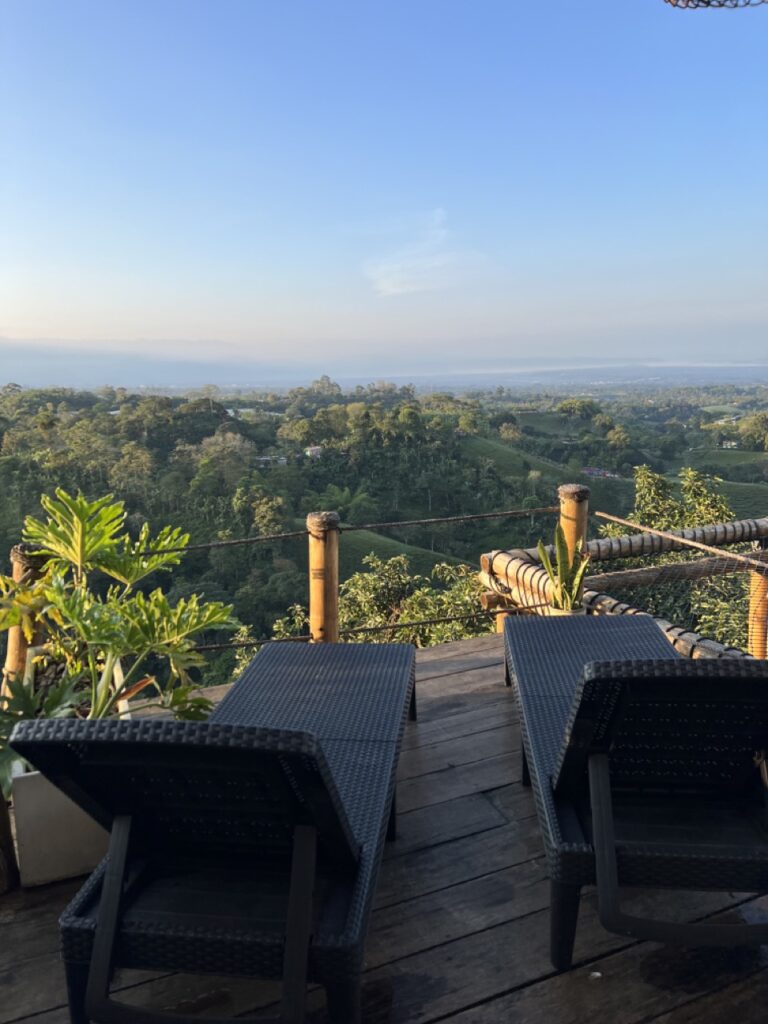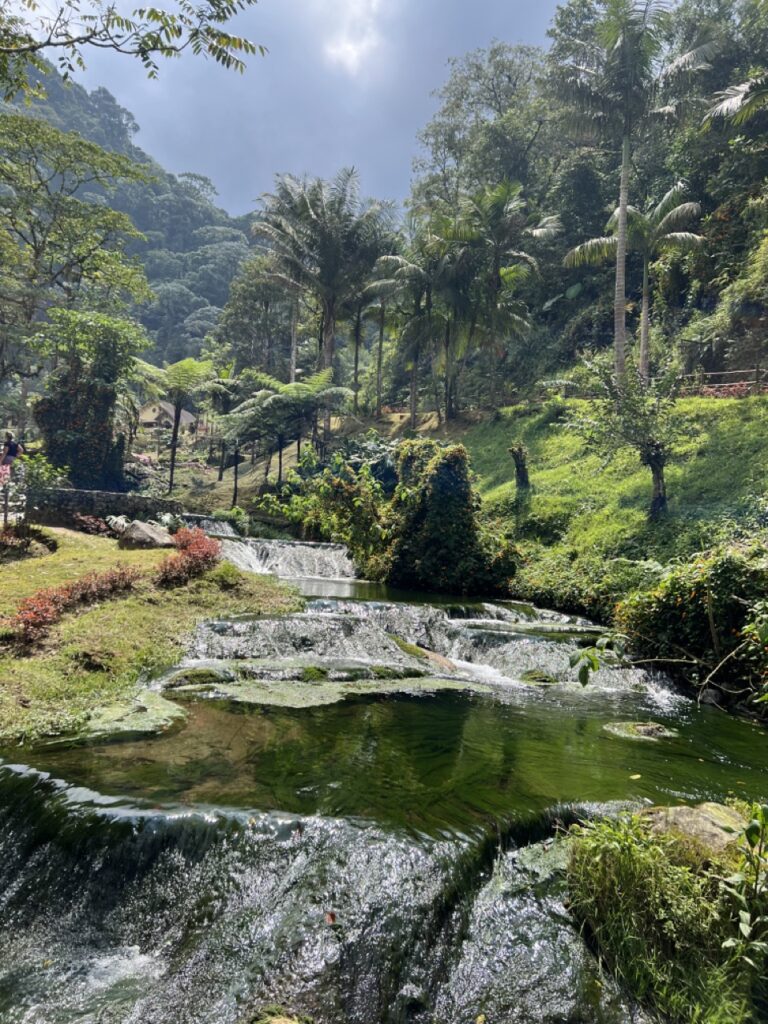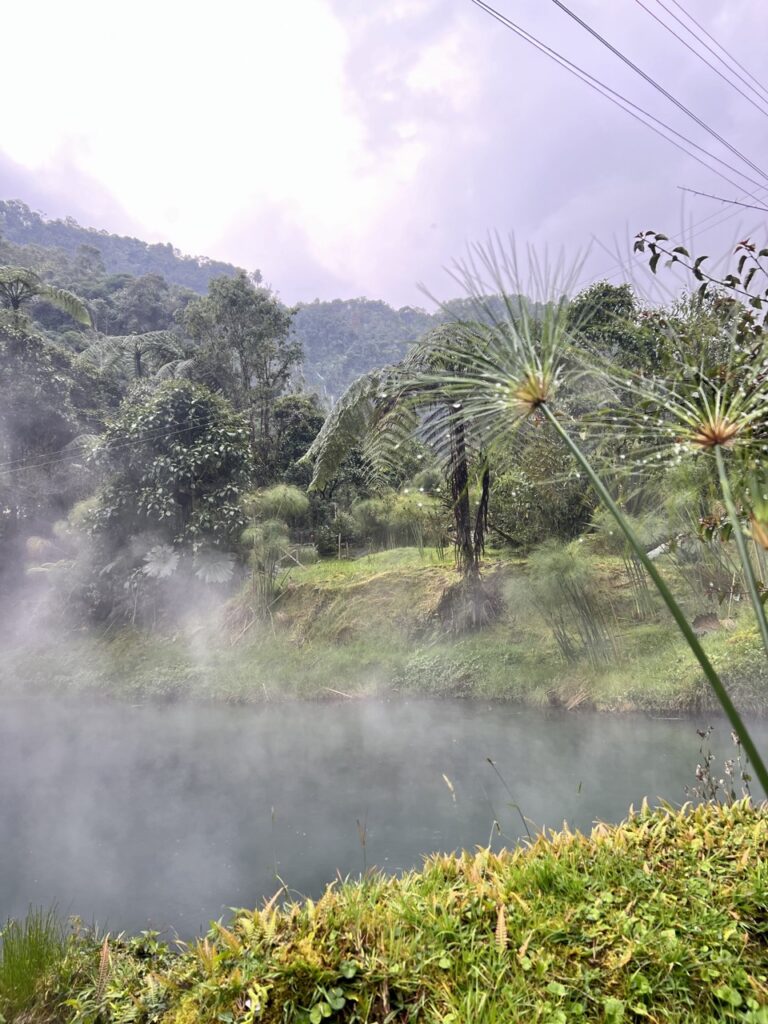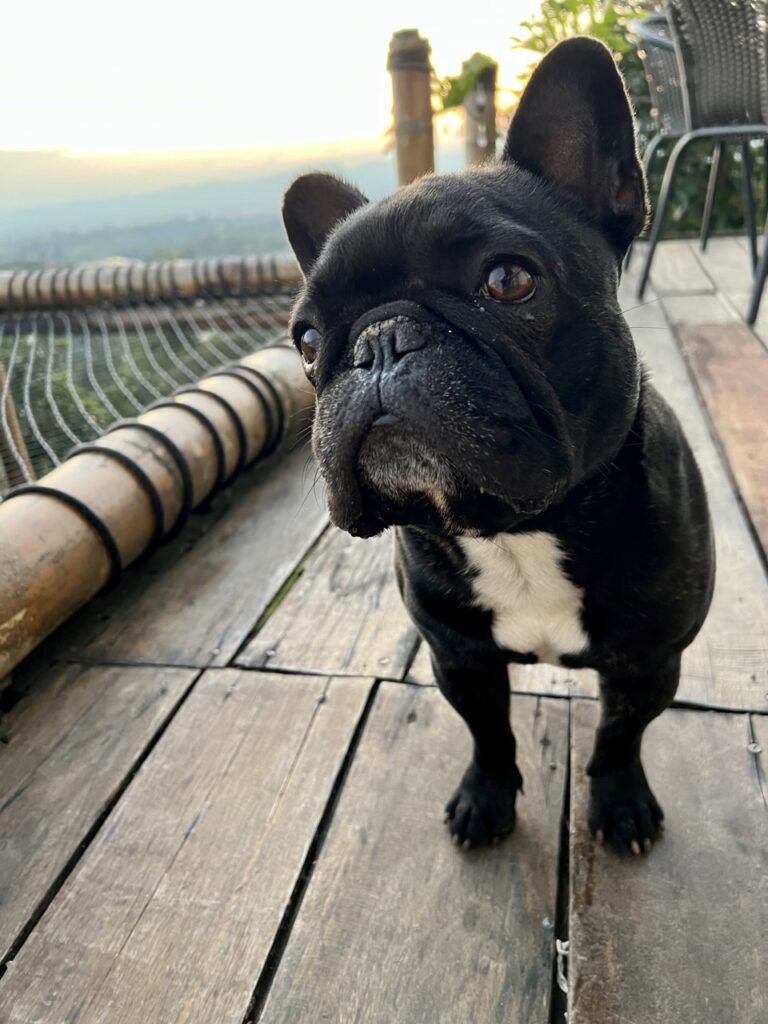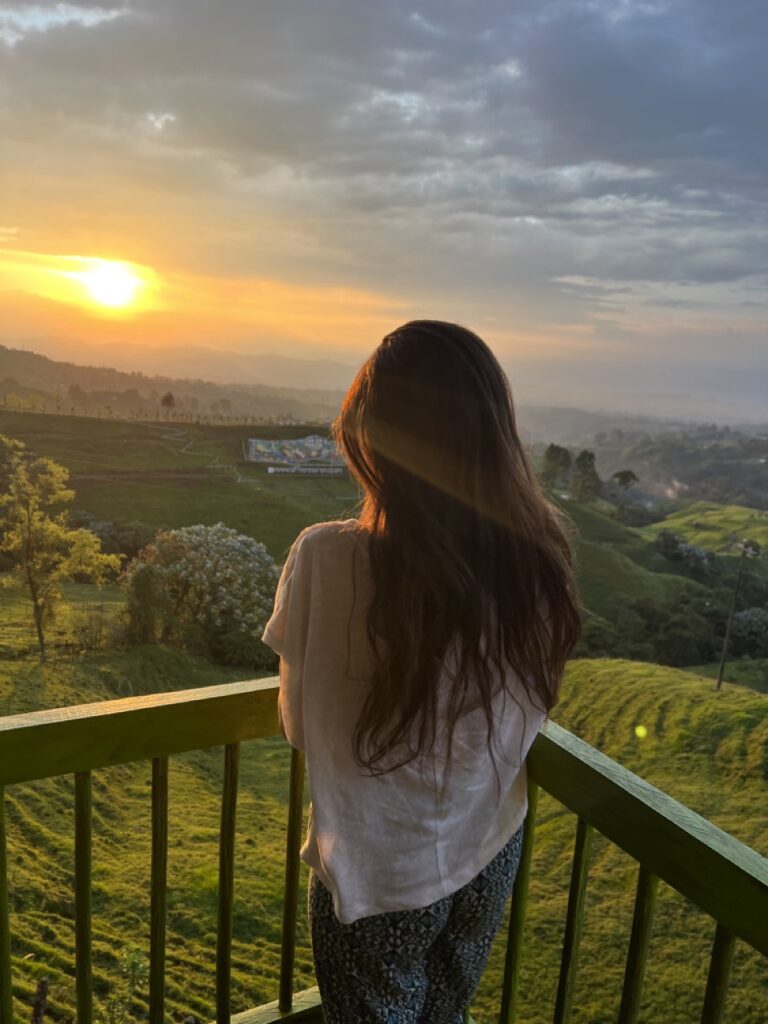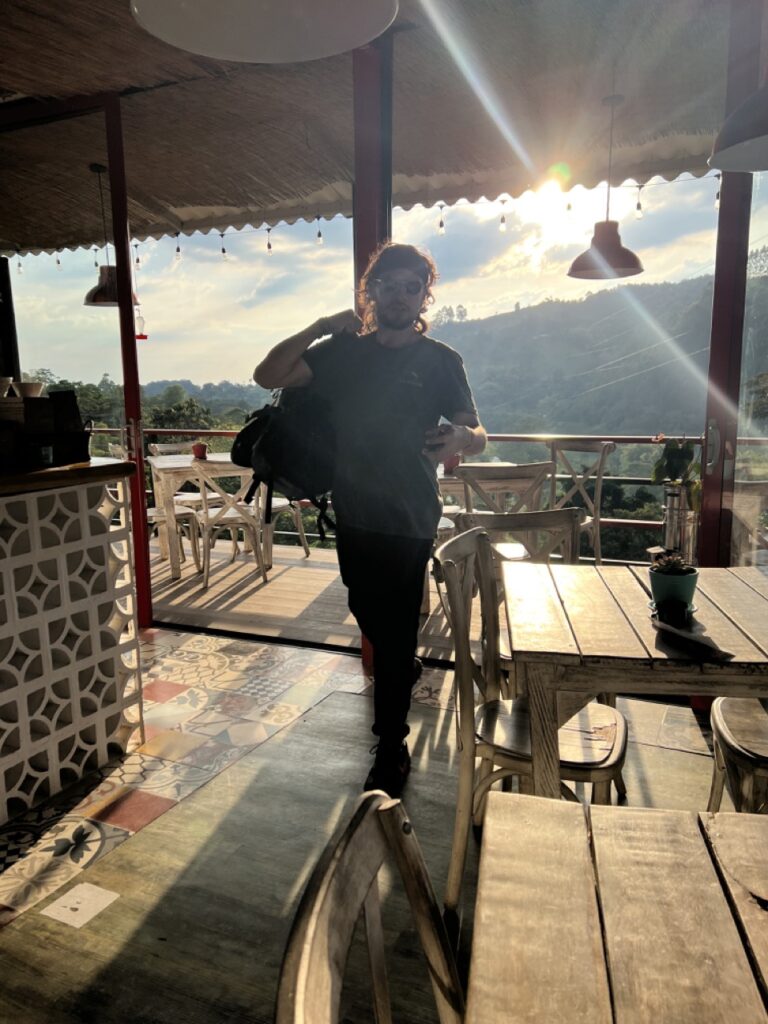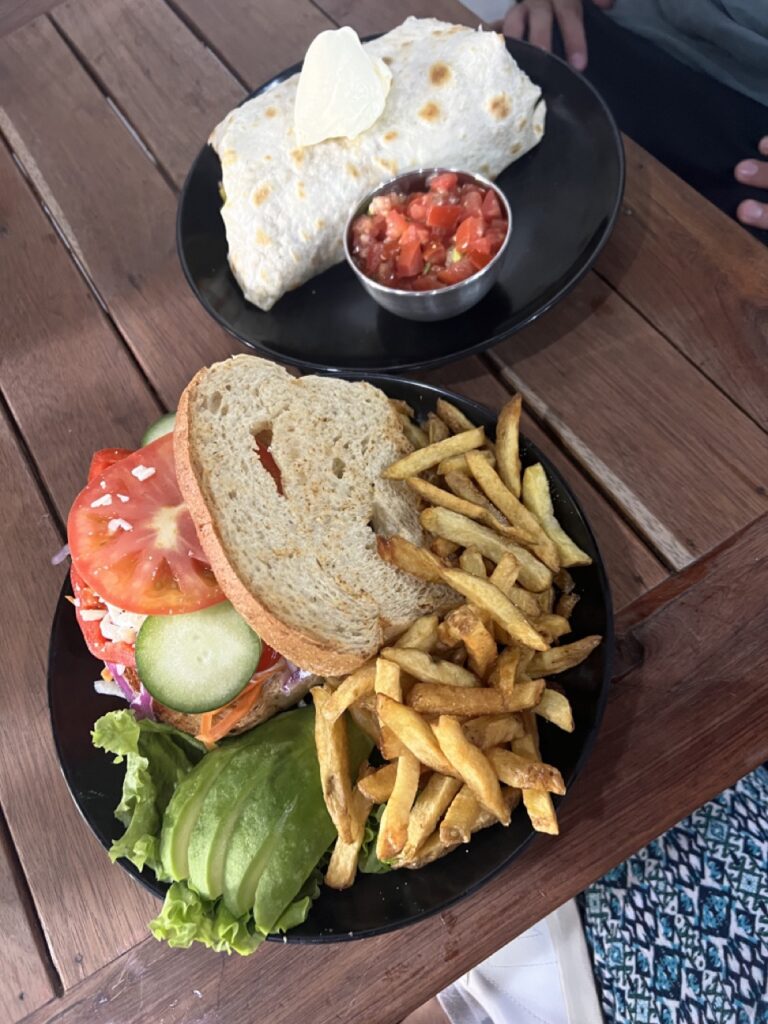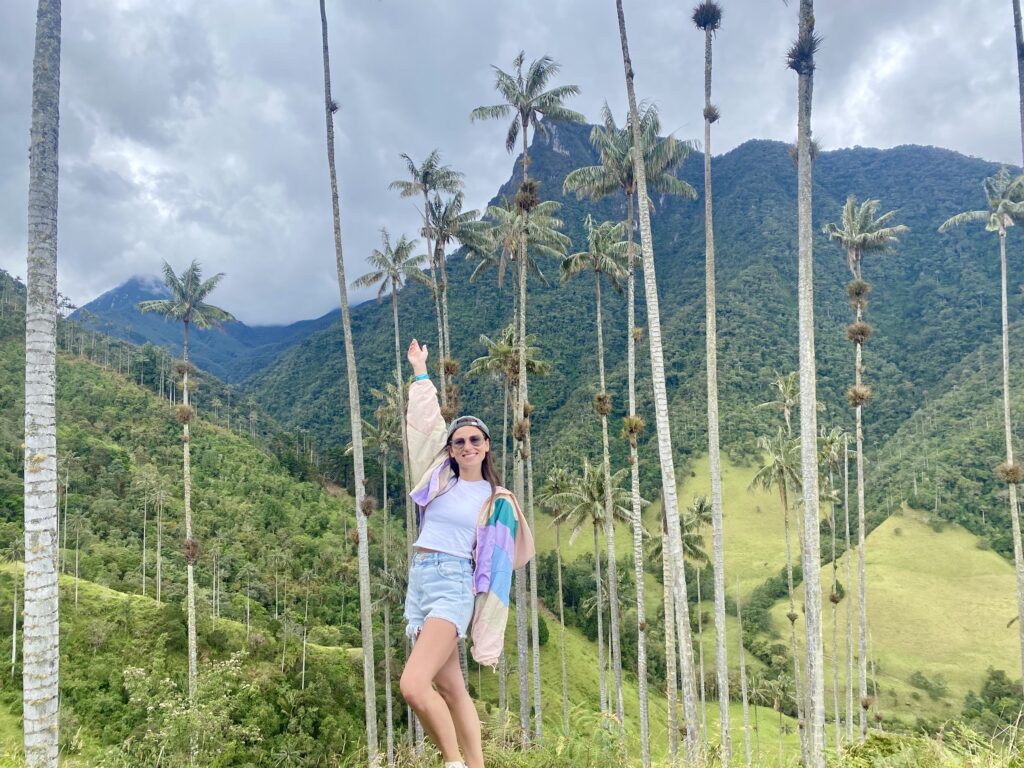The coffee region of Colombia is packed with a perfect mix of slow life in colorful towns and outdoor activities. Hike amongst the world’s tallest palm trees, sip locally grown coffee, and feel the wind in your hair while riding in the back of a converted jeep used as public transportation. There is no shortage of activities, appealing to both those looking for touristic hot spots or those who prefer living amongst the locals. Not to mention, this region was the inspiration behind the setting of the Disney movie Encanto. Spend a weekend, or stay a week – you won’t regret it.
How To Get There
I’ve said it before and I’ll say it again, Colombia is a travelers dream when it comes to domestic transportation. You can find an affordable bus route or flight between essentially any two destinations. This is no exception if your goal is to reach Salento or Filandia. There are many transportation options.
Bus Options:
If you’re traveling between this region and Medellín or Cali, I’d recommend looking into a bus route. Medellín has a few direct buses to Salento, where Cali is a shorter trip but you’ll need to take the colectivo/bus from Armenia.
If the bus route isn’t direct, you may arrive to Armenia or Pereira bus terminals. If this is the case, you’ll need to catch a colectivo/bus, which then will bring you to the center of Salento or Filandia. Buses from Armenia and Pereira run every 30 minutes and the trip is about 45 min – 1 hour, the last bus leaving around 7:30pm. You can pay the driver with Colombian Pesos. It should cost ~$2. These buses leave from the the transportation terminals so if you are arriving to the airport, you’ll need to get a taxi to the terminal to take the bus.
It’s also possible to take a private taxi from the airport or terminal direct to your hotel/hostel.
Buses range in size and comfort. Sometimes it’s a large van, others are proper buses, and even sometimes a night bus with “semi reclined beds”. You can check routes, buy tickets, and read reviews on busbud.com or redbus.com. You can also simply go to the station and speak to a someone at a booth. Destinations which they service will be obviously displayed.
** Though getting between any two destinations is likely possible, I must stress, direct routes are not guaranteed and traffic/road closures should be expected. On more than a few occasions, I’ve been completely stopped at a construction road closure where they let the other side of the street pass through for hours. For this reason, I wouldn’t recommend the bus if you have time restrictions or if you don’t do well with winding, bumpy roads. If you’re flexible though and up for the adventure, the scenery is beautiful, it’s extremely economic, and requires less time going through airports.
Flight Options:
Domestic flights tend to be quick and affordable, especially from Bogotá. Other cities may require a layover in Bogotá. There are two airports in the region Pereira (PEI) and Armenia (AXM), both require a bus or private transfer to reach Salento. Again, if taking the bus, you’ll first need to reach the transportation terminal.
Tip: download google maps offline or maps.me to ensure you know where you’re going when you arrive and if it’s walkable (it should be, Salento isn’t too big, but depending on your luggage situation, you may want to arrange a pick up). There is no Uber and the town shuts down relatively early.
Where to Stay
Salento:
Viajero Hostel – I’ve stayed here twice, once in a dorm and once in a private room. I believe it was 6 extra dollars to upgrade from a standard private room to a private room with a balcony – worth it. The dorm was basic and functional. This hostel is just ran really well. It’s clean and social if you want it to be. The property is stunning featuring a bar, cafe, activities, and kind staff.
Coffee Tree Boutique Hostel – another well located, affordable hostel with both dorms, private rooms, and nice communal areas.
Filandia:
Bidea Backpackers Hostel: Well located. Dorm and private rooms for a very reasonable price. Laundry services available and a simple breakfast included. It’s an old building but was fine for a few nights.
Salento and/or Filandia:
Airbnb – If looking for a special experience, I would recommend an airbnb on the outskirts of town of Salento or Filandia. Great if it’s walkable to town, but if it’s a bit of a drive, they can typically arrange transportation for you. If going as a couple, or if you want a quiet retreat to yourself, I would for sure take a look at the available Airbnbs.
Hotels – this isn’t a place for the classic big chain hotel. There are many small boutique hotels, likely family run, which will give you an authentic taste of life in the coffee region and assistance in navigating all of the activities in the area.
As mentioned, I’ve been to this region twice. The last time I was there, I spent 2 nights in a hostel in Salento, 2 nights in an airbnb on the outskirts of Filandia (about a 10 minute drive), and 2 nights in a hostel in Filandia. Then I went to Santa Rosa de Cabal for two night before taking the bus to Medellín. If you have the time, I thought this was a pretty solid itinerary.
Regardless of the type of accommodation you’re going for, important qualities include:
- proximity to the center plaza (Plaza de Bolívar). You don’t need to be in the center, I would actually recommend not being directly in the center since accommodations toward the edge of town will have more spectacular views. Keep in mind that all of the shopping and restaurants are located in town, so it’s ideal if you can walk there unless you’re ok with being alone with nature which is also a fantastic option here. Fair warning, there are some killer hills in Salento
- a view, the nature in the region is really what makes it unique
- amenities, a hot tub, on site restaurant, hammocks, etc, all are factors to consider as the small town can be sleepy at times, especially if staying for an extended period of time
- customer service to help you arrange activities. If your accommodation lacks this, you can easily speak to the guys in the center plaza arranging the jeeps/willys which is used as public transportation. See next section
Santa Rosa de Cabal:
Kimaná Hostel: a quaint hostel, clean and well maintained, kind staff, and a beautiful plant filled terrace. I wasn’t a huge fan of the town itself (you’re there for the hot springs and waterfalls, not the town), but I’d stay at the hostel again
What To Do
- Cocora Valley (Valle de Cocora) – hike through the world’s tallest palm trees. When you arrive, there is a touristy section to take photos. You can see some of the palm trees, but the scenery gets way better with the hike(s)
- leave early, check with the Willy’s the night before and even see if you can pre-purchase your tickets for the next day. The last ride back to Salento is 6pm – you will definitely want to be back in time for this
- there are options for food and drinks, but bring a snack and water for the hike. Brunch, a restaurant in town, actually provides packed lunches
- expect to get wet and muddy
- IMPORTANT: to see the arguably best view, with the palm trees, you only need to complete the shorter, there and back hike (2.5 km). This is quick and painless, uphill on the way there, but manageable. To take the longer, circuit trek (15 km), it’s a bit more complicated. I convinced a girl I met on the bus to do with me. She was regretting meeting me for most of the journey. Make sure you’re comfortable with getting lost and un-lost, seeing signs for pumas, trekking through mud, and crossing the most makeshift suspension bridges I’ve ever seen. I couldn’t believe maps.me even considered it a bridge. That being said, if you’re open to the adventure, I think the scenery is worth it and we were both happy, and still friends by the end
- You don’t need a guide, but make sure you download an offline map before you go
- There is apparently an easier circuit if you essentially go in reverse, with more downhill than uphill. I think we went the more challenging route without knowing there was an option
- What to bring: I hiked in sneakers. It was fine but trekkers or hiking shoes/socks would be preferable especially with mud. Hiking poles if you have them can be helpful but not necessary. Rain attire, it’s likely that you will get wet. Hat for rain and/or sun. And cash, as always. You’ll need cash for transportation and entrance fees
- Coffee Tour – this is coffee region after all. El Ocaso has a good one. Or you can skip the tour and go to the coffee shop with a solid view. You can walk to El Ocaso from the town of Salento. Go to the cemetery on google maps, keep walking and you’ll see a sign for Ruta del Café Paslestina. This is a 1 hour walk down a decently maintained path, passing beutiful views, animals, and a few smaller coffee plantains
- Filandia – this can be a day trip or a place to base yourself. the more local sister of Salento. On my first visit, I spent the afternoon drinking in the square at one of the bars with some cousins of a friend from home. It was nice to see how everyone in the town knew each other and lived a laidback, slower lifestyle. On my second visit, I spent two days in an Airbnb nearby and and two days in the town itself. Scenery is equally beautiful, and restaurants may even be better
- Mountain Biking – On my 1 year trip in South America, I mountain biked once and broke my arm. So, not a sport for me, but it’s a hotspot if it’s something you’re interested in. Many Colombians seem to come to this region specifically for the mountain biking
- Shop – Salento itself is an activity. There is a main shopping road, Calle Real, with tons or artisanal crafts, clothes, and food products to browse and purchase. As any major vacation town, it has it’s fair share of “clutter” souvenirs, but I must say, some gems can be found here
- Mirador de Salento – local view point accessible from Salento’s town
Santa Rosa de Cabal: If you have the time, it’s worth a visit to this town, about a half an hour from Pereira. The town itself isn’t a tourist attraction, though it does have some decent cafes and restaurants. The two main attractions, both have a waterfall and hot springs. There was a lot of confusion over which we should do, so I ended up staying longer to do both, I hope the below description helps:
- Termales Santa Rosa de Cabal: entrance fee 70,000 COP. More touristic of the two, yes. However, if you have to pick, this is the more iconic waterfall. We were persuaded to chose San Vicente over Santa Rosa as it can attract crowds and become more of a “party” crowd, but I was glad I stayed another day to see it. If you go on a weekday, non holiday, it really isn’t too crowded. The “hot springs” look more like hotel pools, but the waterfalls are outstanding and you can swim/stand under them. Food and drinks are sold on the property. There is a bus that can bring you there or jeeps that leave from town every 2 hours starting at 8am, 4,000 COP/person each way. Last one should leave around 6pm back to town but check before you go. Private jeeps cost 30,000 COP if you want to go at an off time or would prefer to have a bit more room. It’s ~30 minute ride from town and gets a dusty so try to bring a covering for your nose and mouth
- Termales San Vicente entrance 41,000 COP. The hot springs are objectively more beautiful, at least the two pools near the parking lot which is considered a “hot river”. This is apparently the only in the world. The pools at the top near the hotel and restaurant are again, more hotel pool-like. There is one, large waterfall. When we were there, you couldn’t access it due to the rain causing the path to be dangerous. Transportation can also be reached by bus or a jeep which leaves 3 times a day for ~13,000 COP/person each way. The last jeep returns to town at 5pm. You don’t want to miss that. This ride is about 40 minutes to an hour and can get very dusty
Where to Eat
Salento:
- Coco Bowl: Plant based cafe, music to my vegetarian, wanna-be vegan, ears. Food and drinks are objectively good, veggie or not. They have wifi and an instagramable aesthetic. It’s at the end of Calle Real. Highly recommend
- Brunch de Salento: at first glance, this place doesn’t look like anything special, but it’s actually really good. The menu is large, and the portions are larger.
- Shalem: patacónes and bandeja paisas
- Donde Laurita: typical Colombian food and highly recommended for the trout
Filandia:
- Bakúrú – food inspired by the northern pacific coast of Colombia – probably my favorite meal between Filandia and Salento
- Casa Quimbaya – fine dining, cafe, cocktails, and coffee tours, this place offers many options
- Jose Fernando – elevated traditional/local cuisine in a uniquely beautiful space
A few restaurants that have beautiful views. The food is decent, they have cocktails and a “trendy” vibe, fantastic for sunset:
- Helena Adentro: restaurant with a large menu, cool atmosphere, and stunning view
- Tuk Tuk: Thai inspired food
- MOCAFE – as a coffee shop enthusiast, I really enjoyed this place. Great for sitting, people watching, drinking some famous Quindio region coffee, staring at their beautiful cakes, and journaling. They had decent wifi as well
- In regards to grabbing a drink or coffee and breakfast in the morning: any bar in the center of town in the plaza will do. I tend to avoid center plazas, but because this town isn’t overly touristy, do as the locals do and snag a table out on the sidewalk and enjoy a beer or coffee with a view of local life passing you by
- Trout (trucha) – prepared in many different ways. I don’t eat fish, but if you do, this is the place to eat it
- Patacónes – this is one place that I had a misunderstanding. To start, patacónes in this region are large, very large, smashed plantains and fried. They come with toppings. I was confused and was asking the waiter about them, and somehow ended up with two, pizza sized patacónes, one with cheese, one with cheese and mushrooms. I shared them, they were cheap, but one definitely would have sufficed. In other regiones, patacónes are much smaller
- Coffee – self explanatory
- Aguapanela or Hot Chocolate con queso – these drinks are common throughout colombia as well. Aguapanela is essentially sugar water, and they drink it with cheese. It’s not my favorite, but to each their own
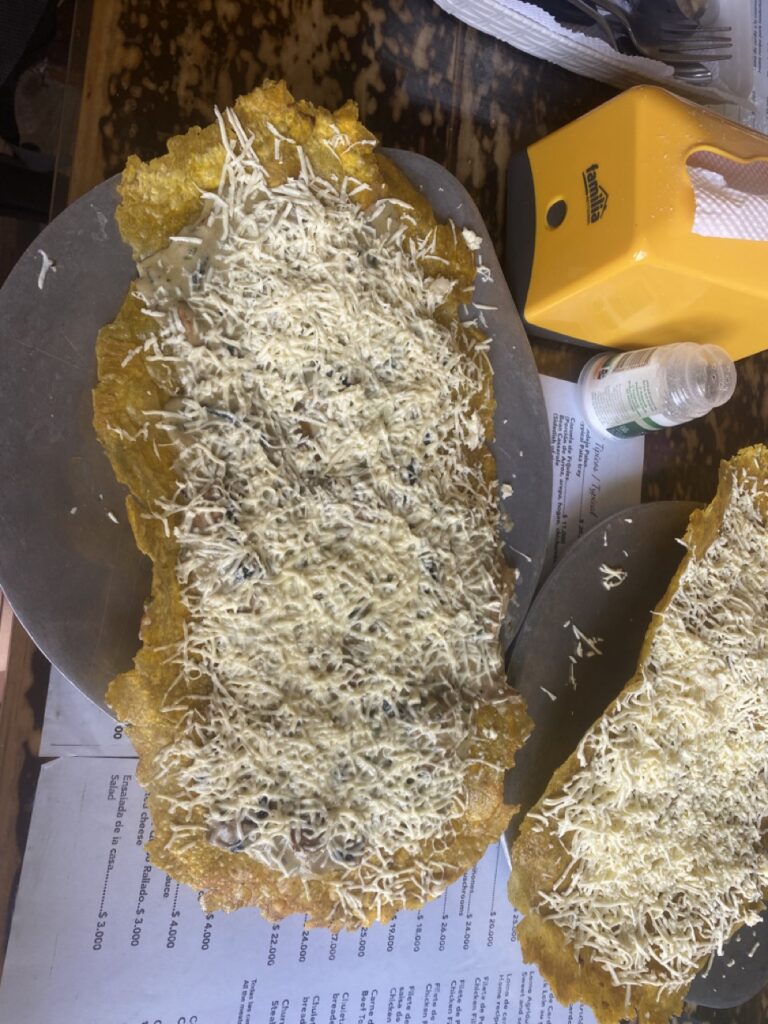

TIPS:
- Weekends in Salento are very busy with both local and international tourists
- Wednesdays can be very quiet, even challenging to find an open restaurant as they use this as their day off since the weekends are so busy
